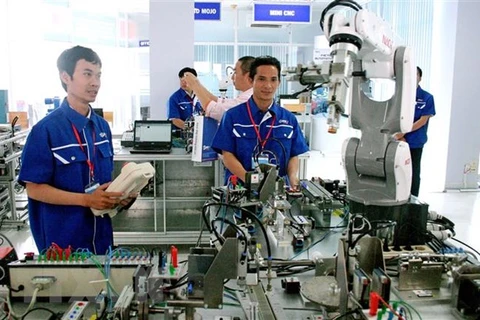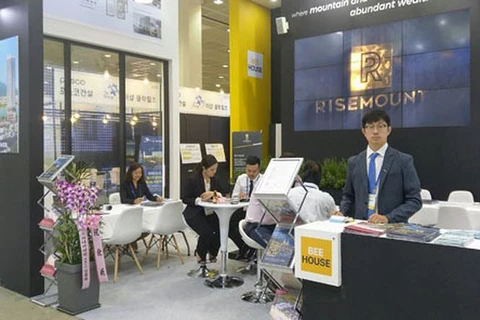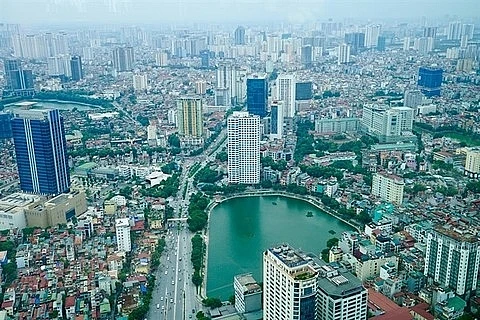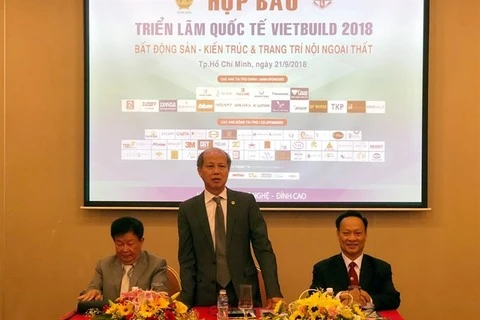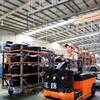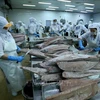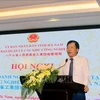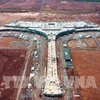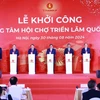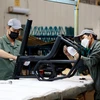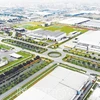Hanoi (VNA) – Despite several ups and downs over the last decade, the flow of foreign direct investment (FDI) into Vietnam’s property market has managed to sustain stable growth.
As of July 2018, real estate had held onto its spot of second place in terms of FDI attraction to various sectors, with 704 valid projects worth 56.3 billion USD, according to the Foreign Investment Agency of the Ministry of Planning and Investment.
Khanh Nguyen, head of the capital market division in Vietnam at Jones Lang LaSalle (JLL), said that Vietnam, as an economy with fast and stable growth, has become a magnet for foreign investors. Asian investors, including those from Japan, the Republic of Korea, Singapore, and China, currently make up 73.9 percent of total FDI poured into its industries, including real estate.
Notably, the FDI flow into local real estate grew continuously between 2015 and 2017, compared to the non-stop decline of the 2010-2013 period.
In fact, many European investors now also want to expand their presence in Vietnam, which has boosted direct investment in commercial property, such as office buildings or exhibition rooms in uptown areas.
Businesses from the US also hold an important role, ranking third amongst FDI investors in Vietnam. Although there haven’t been any official statistics of the FDI into real estate per country released, it is noticeable that investors from America are highly dynamic in this regard.
Notably, Warburg Pincus, a private equity firm based in New York, has pledged to invest more than 1 billion USD in Vietnam, with most of this capital channelled into the real estate market via commercial, hotel, and industrial property.
Savills Vietnam said the property sector continues to receive much attention from foreign investors, noting that in the second quarter of 2018, Vinhomes JSC – a housing developer of Vingroup – held its initial public offering and attracted many domestic and foreign investors. Singaporean fund GIC purchased 5.74 percent of Vinhomes’ shares.
After the real estate market suffered a recession in 2008, FDI inflow began to recover in late 2013 and early 2014, and has now expanded into mid-end and affordable housing segments, Khanh Nguyen said.
She noted some of the outstanding deals over the last three years, including the partnership between Hankyu Realty, Nishi Nippon Railroad of Japan, and Nam Long Group of Vietnam; the cooperation between Sanyo Homes and Tien Phat Corporation; and the joint venture of Mitsubishi Corporation and Phuc Khang Corporation.
A number of foreign investors have shown their readiness to join Vietnamese partners in forming joint ventures or contributing capital to mid-end or affordable projects. While domestic businesses have a good understanding of the local market and legal regulations, foreign investors have financial strength and experience, and together this pairing will help increase their projects’ value, she added.
Aside from the bright outlook for the housing segment, Savills Vietnam expects mergers and acquisitions (M&As) will keep vibrant in terms of industrial and logistics property, driven by the growing FDI inflow into production activities and infrastructure expansion and improved competitiveness compared to other countries in the region.
Many insiders also said that FDI poured into local real estate will continue the upward trend in 2018. They also forecast more records will be broken in the fields of M&A and direct investment in the near future. –VNA
VNA

